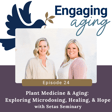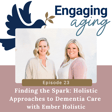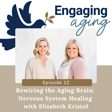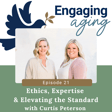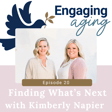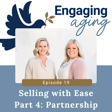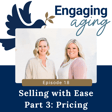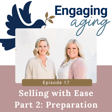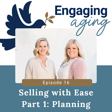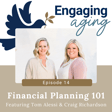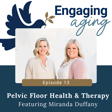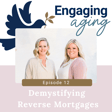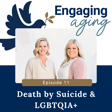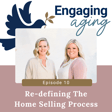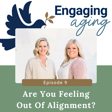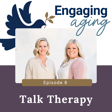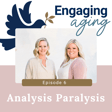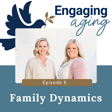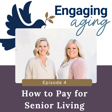
Understanding Movement & Aging with Dr. Joshua Kaplan
In this insightful episode, Erin welcomes Dr. Joshua Kaplan, Doctor of Physical Therapy and Founder of Enphysion Health, to discuss how simple, consistent movement can completely transform the aging experience. Together, they explore why muscle is the true organ of longevity, how neuroplasticity can improve with age, and what it really takes to stay strong—physically and cognitively—well into your later years.
Dr. Kaplan shares his personal journey from sports medicine to skilled nursing, and how that experience led to the creation of Enphysion—a virtual, personalized movement program designed for older adults who want to feel confident, stable, and strong at home. Whether you’re an older adult, a caregiver, or simply someone who wants to age well, this episode offers practical tips, inspiring stories, and a refreshing mindset shift.
📞 Want to connect with Dr. Kaplan or try Enphysion Health?
Visit www.enphysion.com to book a free consultation and explore a better way to stay active, mobile, and independent—on your own terms.
✨ Looking for more heart-centered support as you navigate aging or help a loved one plan their next chapter?
Visit www.dovetailcompanies.com to learn how our expert team helps older adults and families simplify transitions with compassion, clarity, and ease.
